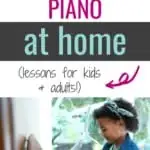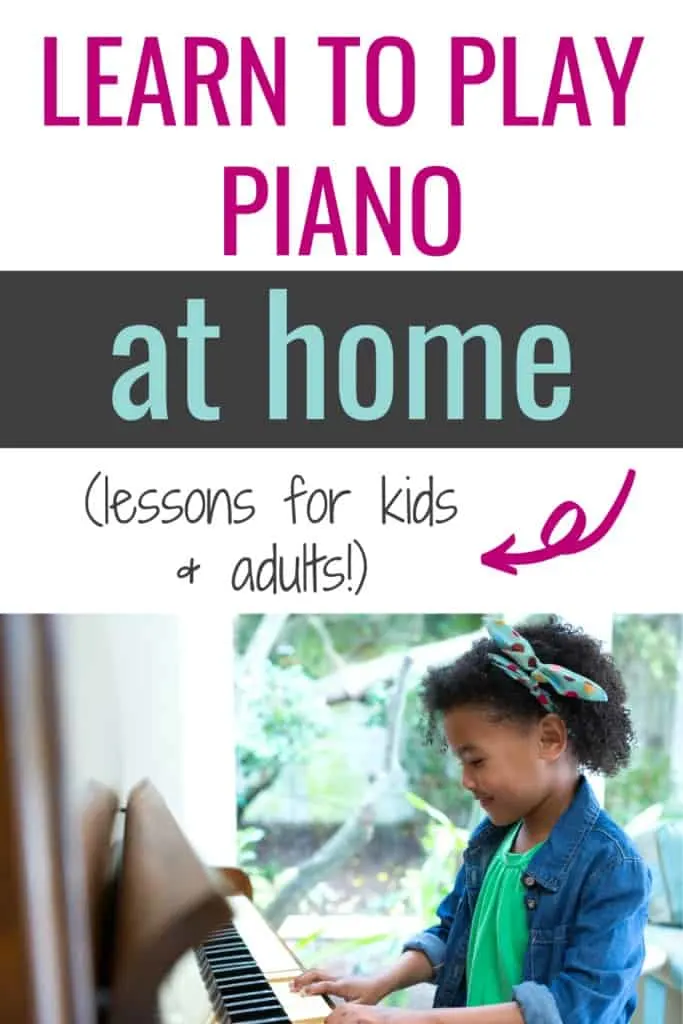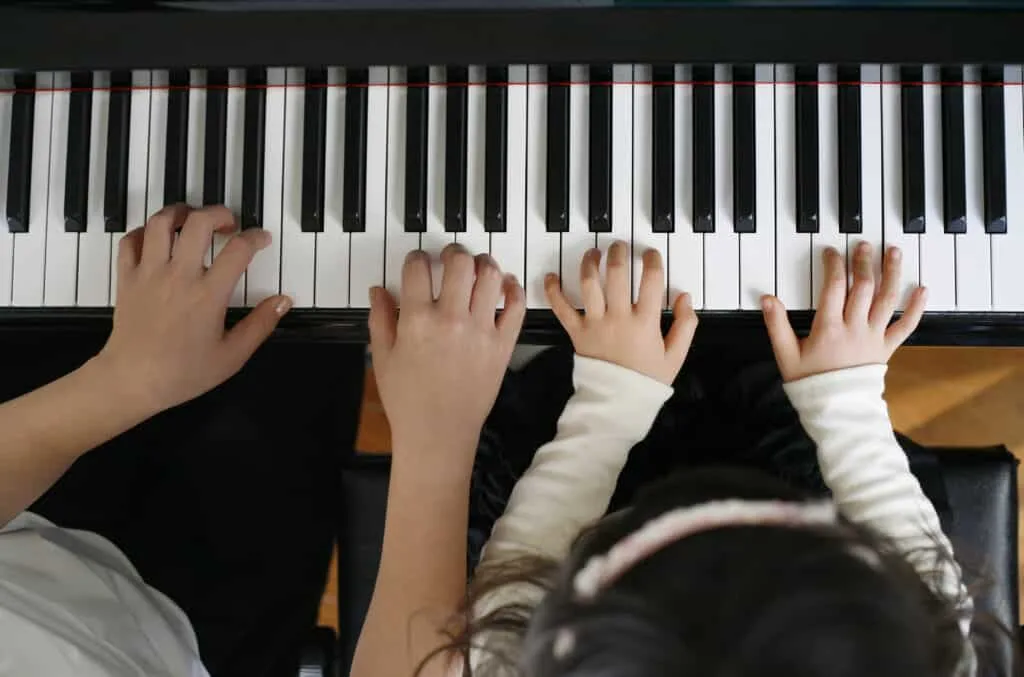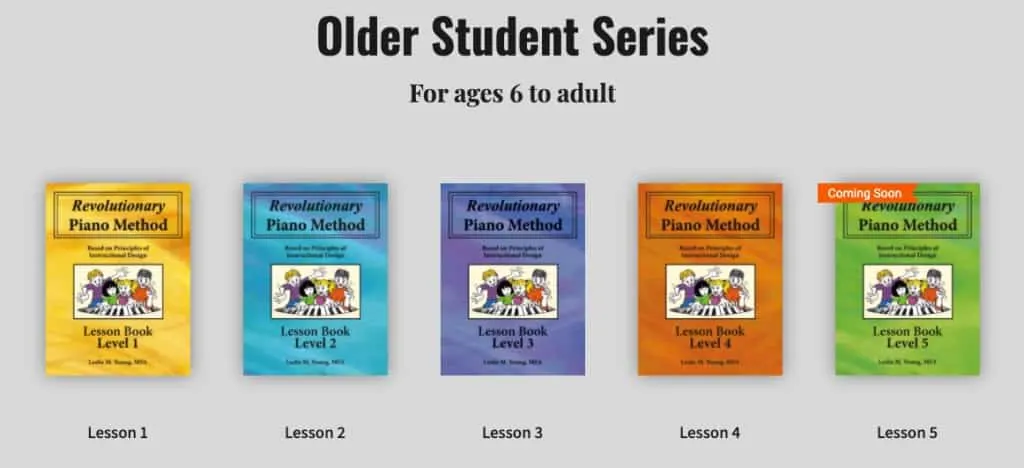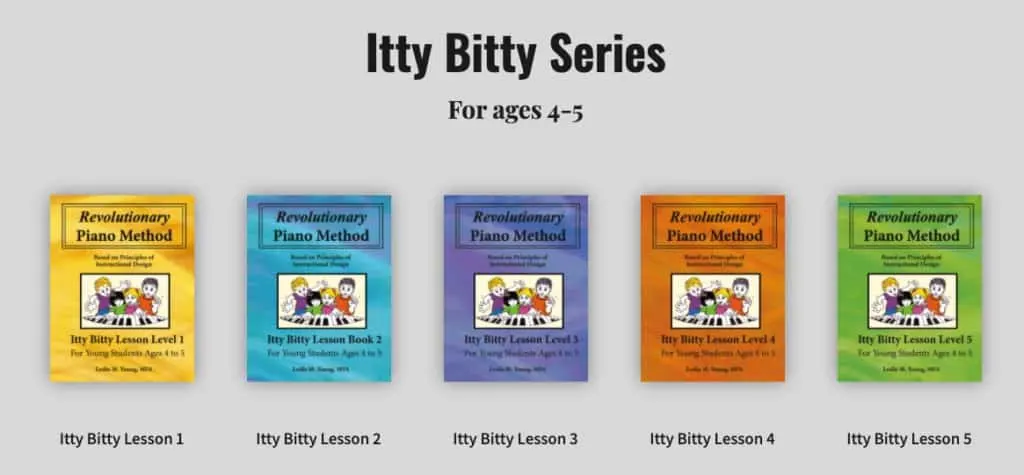Have you ever wanted to learn to play piano but haven’t had the time or the money to take piano lessons? Whether you’re learning piano for the first time or you have a few years’ experience with a keyboard, the Revolutionary Piano Method is a great option to take your home studies to the next level.
I received a free copy of the Revolutionary Piano Method for review purposes and I was compensated for my time. All opinions are my own and I am not required to post a positive review.
Since I began homeschooling, I’ve had a dream. Actually, if I’m being totally honest, I’ve had this dream since before I even had kids. I always imagined being part of a family that played music together. We could write songs, one of us would play piano, another guitar. We’d all sing, and then I’d record and edit our jam sessions.
Unfortunately, I never really learned how to play the piano properly. I mean, when I was in elementary school, music lessons were still mandatory, so thankfully I received a modicum of exposure to sheet music. We learned about the grand staff and basic musical notation, but sadly, I never made it much further than that. Even though I’ve taken some lessons here and there, I’m still a “plucker” when it comes to trying to play any song beyond Mary Had a Little Lamb on the piano.
Of course, my kids learn at the speed of light, so when two of them started taking piano lessons last year, it took them about five minutes to progress further than I have in the past thirty years.
But the dream refuses to die. I am determined that a day will come when we’ll all be able to read music and play at least one instrument, and for our family, piano will always be instrument number one.
Learn Piano at Home
Sometimes, though, taking piano lessons is impractical. Particularly given our current environment, where we’re being asked to stay home as much as possible, it’s important to have alternative options, such as the choice to take your piano lessons at home.
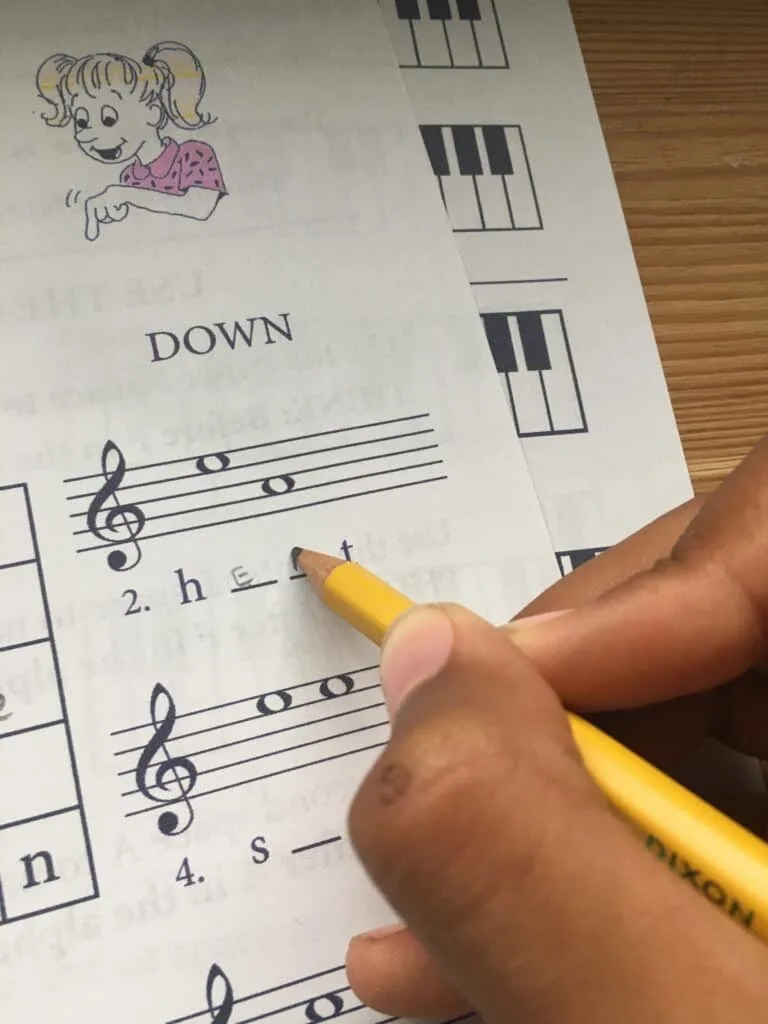
Learning to read music and play piano is beneficial to all learners, regardless of their age. Research shows that piano performance with notation reading greatly enhances a student’s learning abilities, as well as verbal and mathematical performance.
You can also expect to see progress in attention span, ability to follow directions, visual tracking, finger dexterity, and alphabet letter recognition.
Learning piano at home has some distinct advantages over taking private lessons in person:
- it’s cost effective
- you can progress at your own pace and study at times that are convenient for you
- you can choose the learning method and style that works best for you
It’s even possible for a parent or teacher with no musical background to offer piano instruction to their students.
Playing Piano with the Revolutionary Piano Method
The Revolutionary Method is a series of self-study piano lesson books that allow kids and adults to learn the piano at home. It was developed by Leslie Young, a certified piano teacher with over forty years’ experience.
The Method is based on the principles of instructional design, which allows learners to master each concept independently before introducing them to additional concepts. So, for example, instead of introducing the notes of both the treble clef and the bass clef at the same time, students using the Revolutionary Piano Method first learn to recognize the notes and keys represented on the treble clef before they are exposed to the bass clef notes.
In this video, Leslie Young gives an overview of her methodology:
Piano Lessons for both Children and Adults
The Revolutionary Piano Method comes in two series: the Itty Bitty series is designed for very young learners (ages 4-5) while the Older Student series is designed for older piano students (6-adult).
Here is an overview of the topics covered in each series. Each level includes a Lesson Book, a Theory Book, and an Answer Key. Most levels also include a Fun Book.
Older Student Series
- Book 1: Treble and bass keys and notes are presented hands separately and then together on the grand staff; use of black key groups to locate white keys.
- Book 2: Timing is introduced (quarter, half, dotted half, whole notes and rests); middle C, B, and D; incomplete measures; time signatures of 4 beats and 2 beats per measure; the tie.
- Book 3: Half and whole steps are presented; time signature of 3 beats per measure; key signatures and scales of C and G Major; accidentals as sharps, flats, naturals; eighth note and rest; treble ledger space G.
- Book 4: Syncopation is introduced; dotted quarter note and rest; key signature and scale of F Major; bass ledger space F; the repeat sign, D.C. al Fine, D.S. al Fine; treble ledger space middle B, bass ledger middle D; ritardando, a tempo, fermata, dynamics; staccato, 8va octave; the damper pedal.
- Book 5: Sixteenth and dotted eighth notes and rests are presented; triplet eighths; phrasing, legato, slur; key signatures and scales of D and B flat Major; treble ledger A,B,C above staff; bass ledger C,D,E below staff.
Itty Bitty Series
- Book 1: Introduction of treble lines and spaces and their piano keys; right hand fingering numbers; use of black key groups to locate white keys.
- Book 2: Introduction of bass lines and spaces and their piano keys; left hand fingering numbers; treble melodies; use of black key groups to locate white keys.
- Book 3: Both hands play together using the grand staff; letter identification continues.
- Book 4: Formal timing is introduced with quarter, half, dotted half, whole notes; time signature of 4 beats per measure; letter identification continues.
- Book 5: Rests are presented for quarter, half, and whole; the tie; time signature of 2 beats per measure; letter identification continues.
Overall, the Revolutionary Piano Method books are an affordable and effective way to begin or enhance your at-home piano lessons.

Sophie Agbonkhese is a writer, homeschooling mother of four, and a recovering overachiever (who occasionally relapses). She is the founder of My Cup Runs Over, a site dedicated to helping busy women simplify and enrich their lives. When she’s not writing or debugging websites, Sophie spends her time reading, dancing, bullet journaling, reading, gardening, listening to audiobooks, and striving fruitlessly to have a clean house for at least five minutes.

